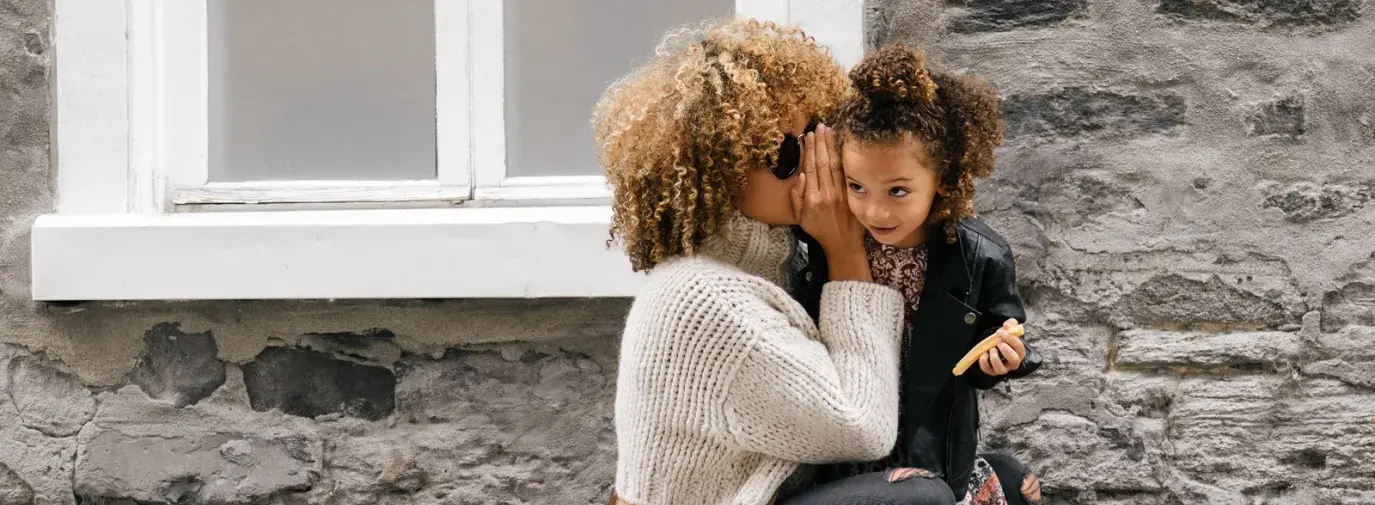
1. Avoid Vinyl (PVC) Siding
The problem: Home siding can be the single largest use of PVC plastic in a home. Vinyl siding often contains DEHP, an additive and a phthalate. The manufacture and incineration of PVC releases dangerous pollution. May be linked to: endocrine disruption, reproductive toxicity, cancer.
The solution: When it's time to buy new siding for your house, choose one of the many non-vinyl siding alternatives available, from aluminum to polypropylene.
2. Take Care with Exterior Paints
The problem: Like paints used indoors, exterior paints can off-gas volatile organic compounds (VOCs), and may contain fungicides or biocides. In exterior paints, VOCs are less likely to be inhaled, reducing the paint's health risks, but these VOCs can still cause smog and damage the ozone layer.
The solution: Pick a zero- or very low-VOC exterior paint. All exterior paints need fungicides to prevent mold, so choose an exterior paint that contains the least-toxic paint fungicide: zinc oxide. Avoid oil-based paints and choose instead an acrylic, latex, or recycled water-based paint. Least-toxic exterior paints include: DuraSoy No-VOC Interior/Exterior paint, American Pride No-VOC Interior/Exterior Primer, and AFM Safecoat Low-VOC Exterior Satin.
Visit our National Green Pages™ category: paints
Check out our article: Eco-Friendly Paints and Stains
3. Reduce Your Pesticide Use
The problem: Too many homeowners needlessly use hazardous chemical on their lawns, and these chemicals can drift into their homes and pollute indoor air. Of 30 commonly used lawn pesticides, 19 are linked with cancer or carcinogenicity, 15 with neurotoxicity, and 11 with hormone disruption, according to the National Coalition for Pesticide-Free Lawns. Many also pollute groundwater, and most are toxic to wildlife. These toxins may be linked to: cancer, reproductive toxicity, neurotoxicity, endocrine disruption.
The solution: In many American yards, pesticide use is unnecessary and excessive. Visit Beyond Pesticides for least-toxic solutions to lawn care.
Visit our National Green Pages™ category: landscaping/lawn care
4. Check Your Wooden Deck and Playsets
The problem: Until a few years ago, pressure-treated wood for decks and play equipment was routinely covered in chromium copper arsenate (CCA) to kill insects and prevent rot. CCA leaches arsenic that sticks to hands and is absorbed through skin. The wood industry voluntarily agreed to stop selling CCA-treated wood for most residential uses in 2005, but older decks and playground sets may still be coated in poison. These toxins may be linked to: cancer, developmental damage.
The solution: If your wooden deck or play equipment was built before 2005, obtain a test kit from the Environmental Working Group. If there is arsenic present, consider replacing the items, or at least the parts like handrails and steps that people most often touch. Using a table cloth on older wooden picnic tables, applying wood sealant every six months, and regular hand-washing after playing outside can limit arsenic exposure. (Clear sealants are most toxic. Look for a wood sealant with the darkest pigmentation.)
Also test soil surrounding older wood decks or play equipment. You may need to replace it with a safer ground cover if the soil contains unsafe levels of arsenic. Avoid storing any tools or toys outdoors near arsenic-treated wood.
Check out our article: Green Hands on Deck







